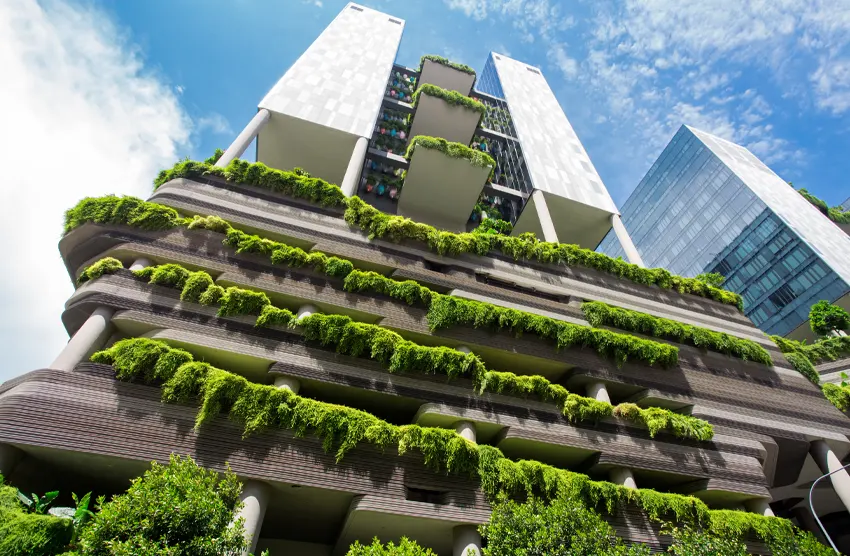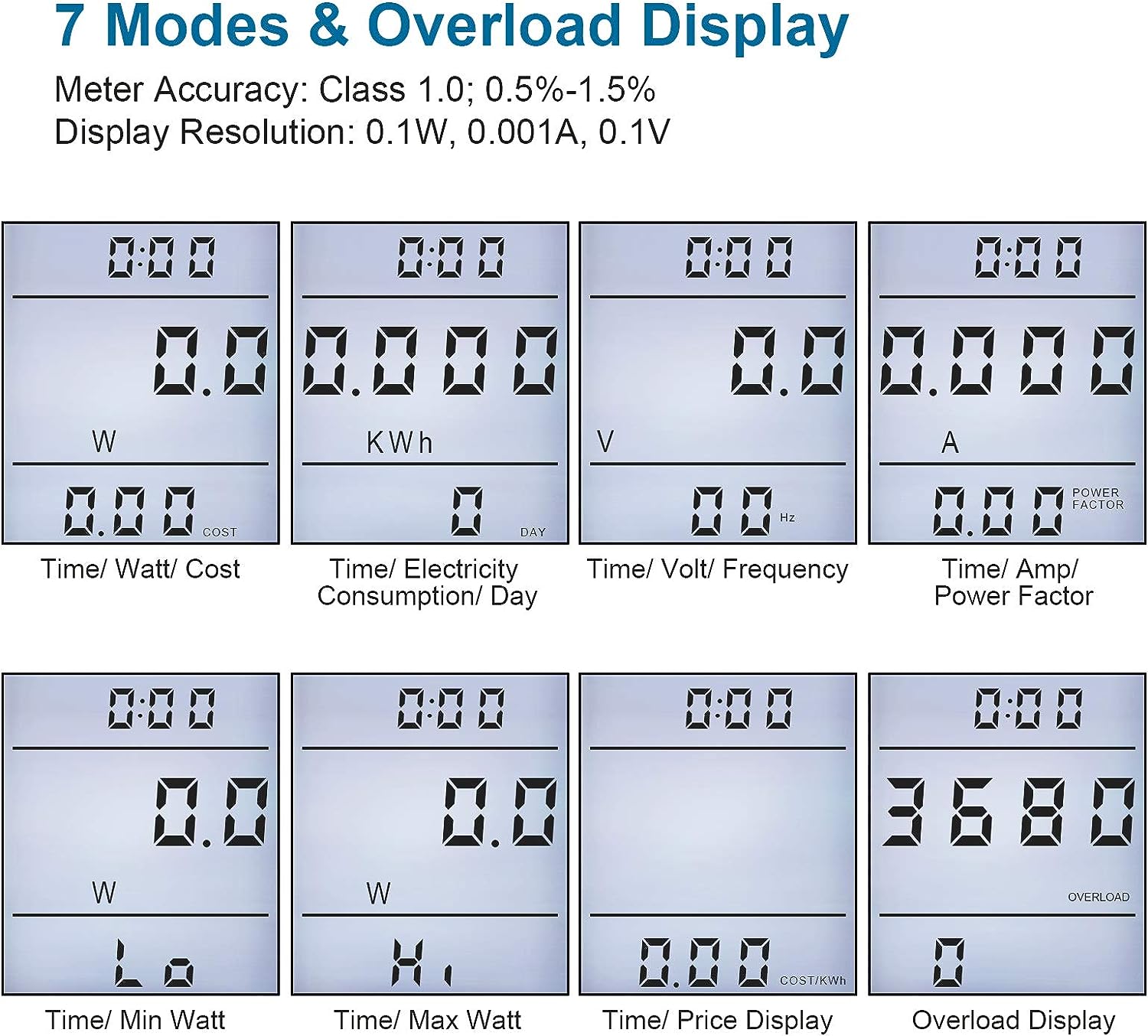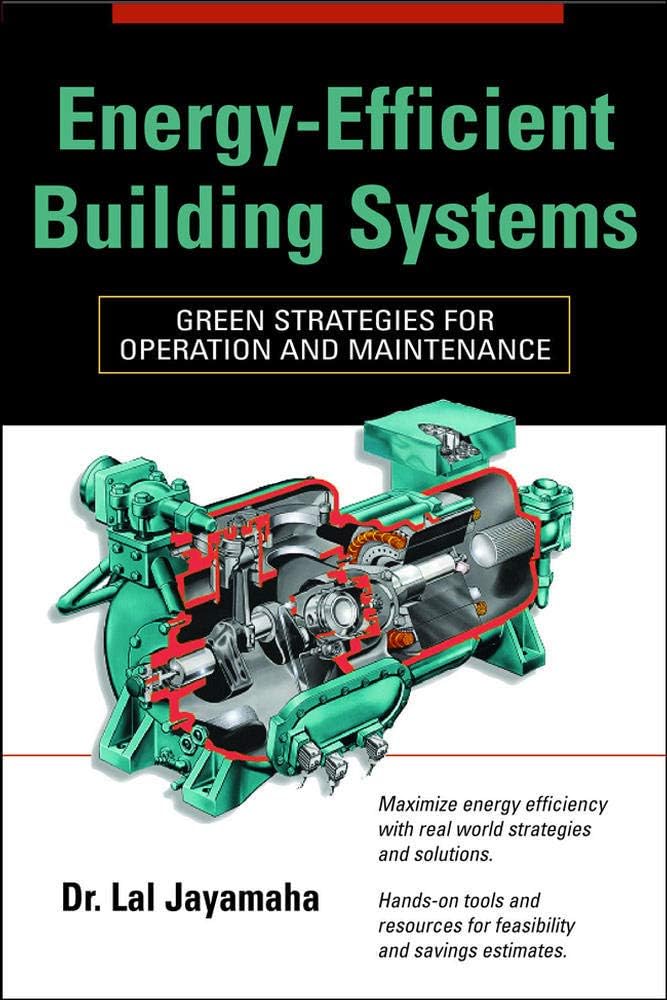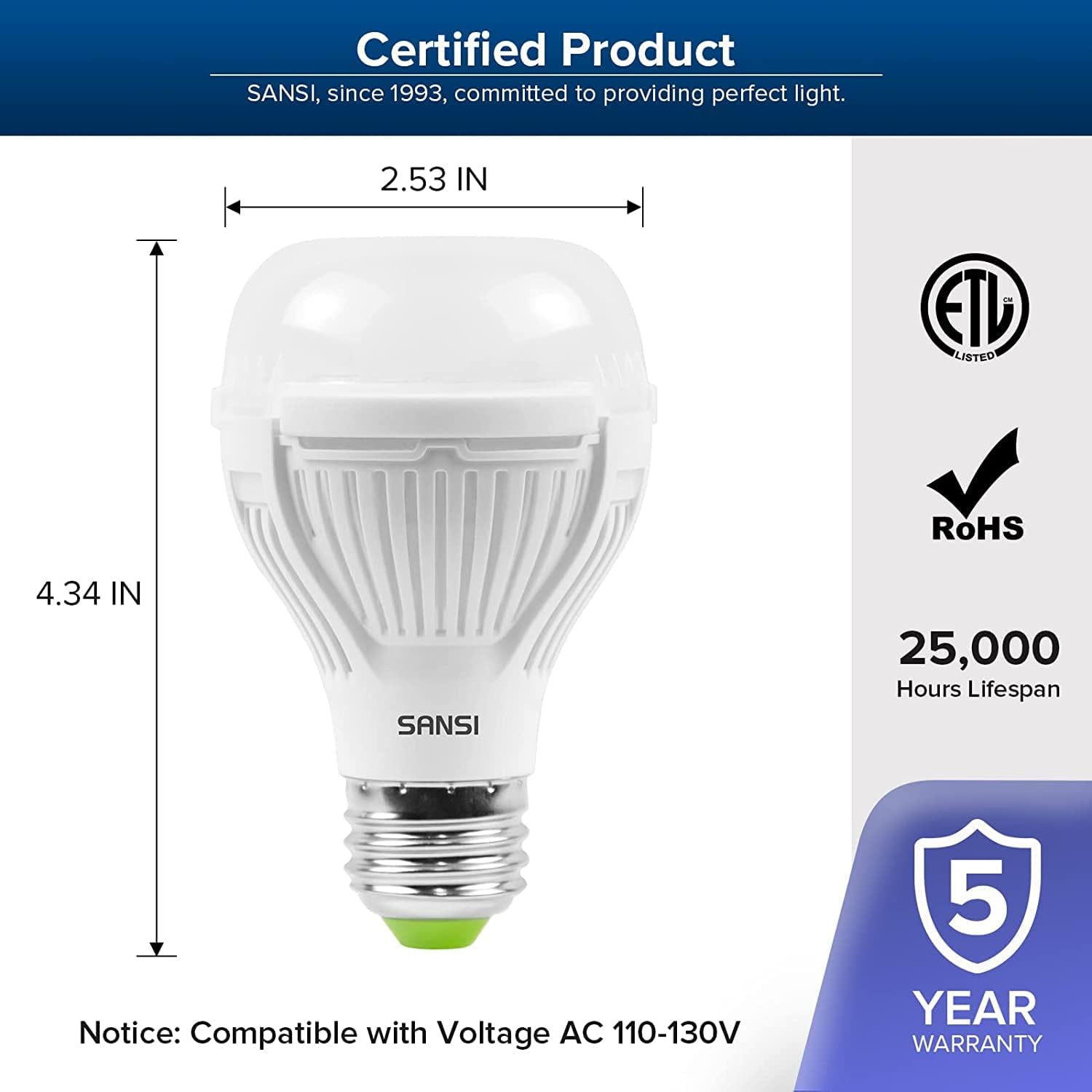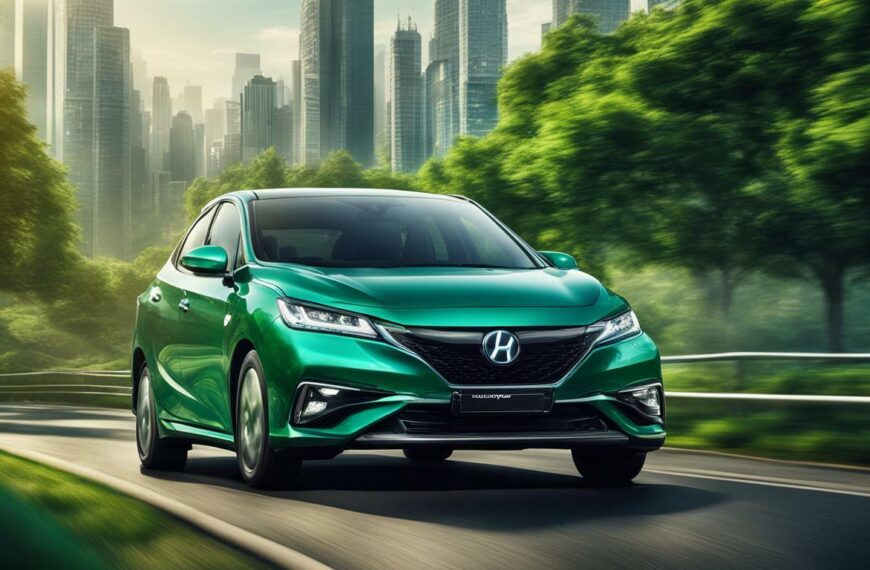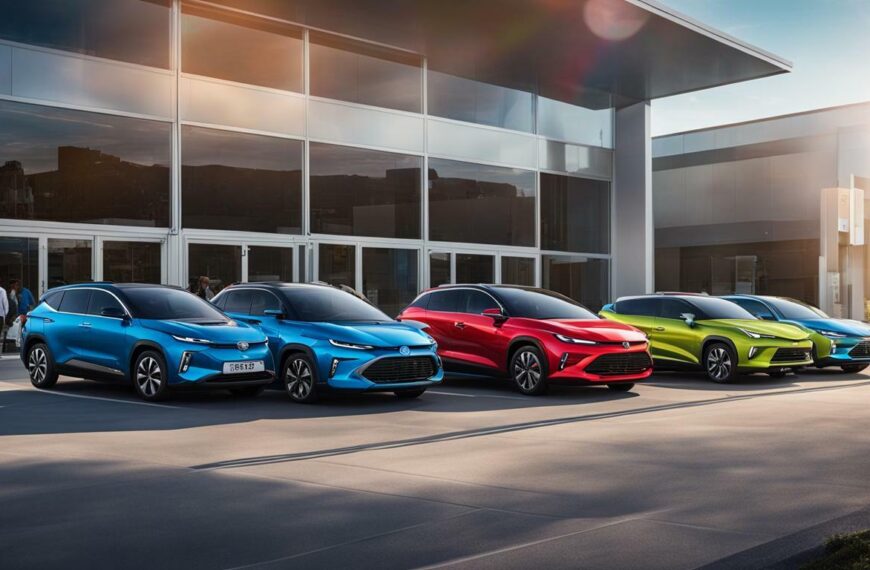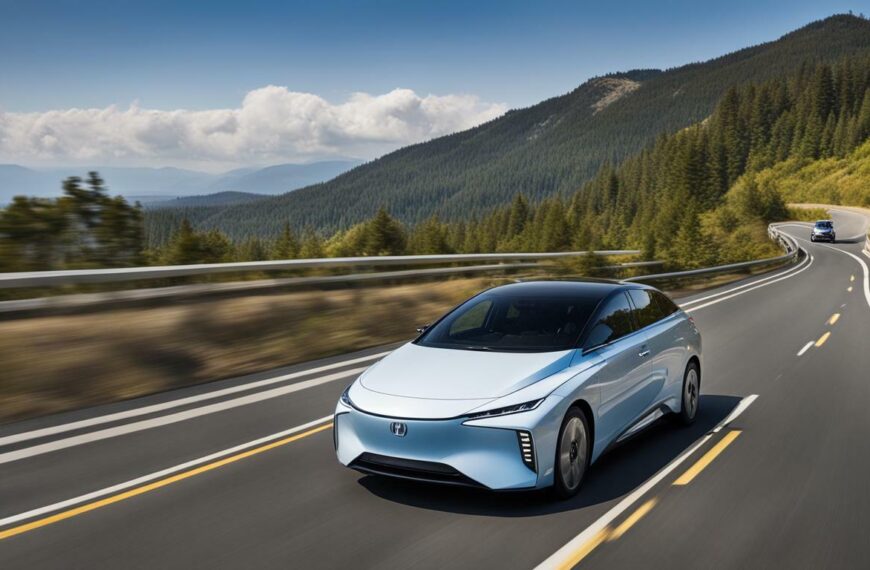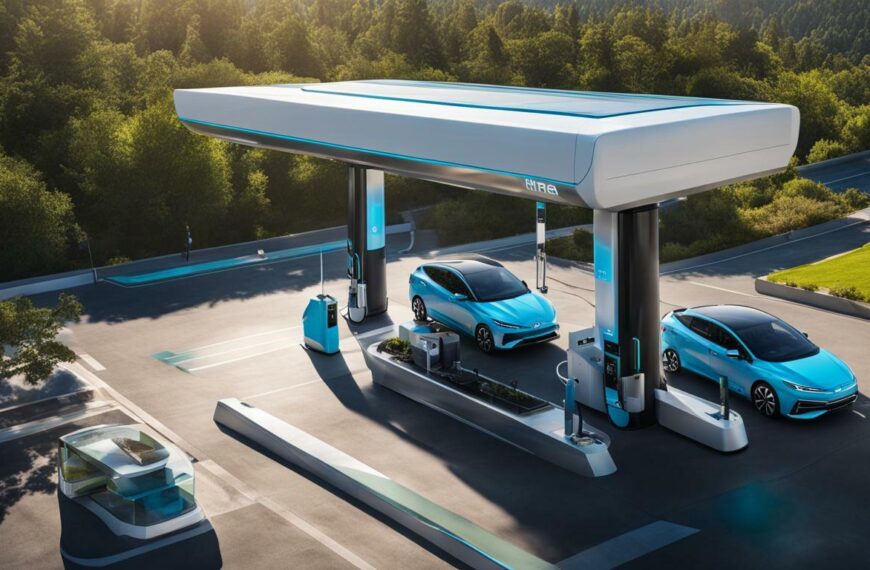Hello, and welcome to my article on green building technologies! In this section, I will provide an introduction to these innovative practices and the benefits they offer for sustainable construction. From energy-efficient buildings to eco-friendly building materials, green design principles to passive strategies, this article will cover it all.
Key Takeaways:
- Green building technologies play a vital role in creating sustainable, eco-friendly structures.
- Energy-efficient buildings and eco-friendly materials are essential components of green building practices.
- Green design principles are crucial to achieving sustainability and reducing environmental impact.
Understanding Sustainable Architecture
In this section, I will delve deeper into the concept of sustainable architecture and its role in green building technologies. Sustainable architecture, also known as green architecture, is an approach to design that strives to create buildings that are environmentally responsible, resource-efficient, and sustainable throughout their lifecycle.
At the heart of sustainable architecture are principles and practices that support sustainable building, including energy efficiency, waste reduction, and the use of renewable materials. These practices are essential to promote sustainable development and create structures that are resilient and environmentally responsible.
Sustainable building practices are guided by the principles of the “3 Rs” – Reduce, Reuse, and Recycle. These principles are applied in various ways throughout the lifecycle of a building, from its design and construction to its operation and maintenance.
Principles of Sustainable Building
The following are some of the key principles of sustainable building:
- Energy efficiency: Buildings designed for energy efficiency minimize the amount of energy required for heating, cooling, and lighting, which is beneficial for the environment and can save building owners money over time.
- Waste reduction: Sustainable buildings aim to reduce waste by using durable materials, designing for reuse and recycling, and minimizing waste in the construction process.
- Water conservation: Sustainable buildings use water-efficient fixtures, rainwater harvesting systems, and other strategies to conserve water and reduce the strain on municipal water systems.
- Use of renewable materials: Sustainable buildings use renewable materials such as bamboo, recycled steel, and reclaimed wood to reduce the environmental impact of construction.
Implementing sustainable building practices requires a collaborative effort between architects, builders, engineers, and building owners. This effort can lead to the creation of buildings that are not only environmentally responsible but also provide a healthy, comfortable, and productive space for occupants.
Energy-Efficient Building Techniques
Energy-efficient building techniques play a crucial role in sustainable construction. By reducing energy consumption, we can minimize environmental impact while also saving money on operating costs. Let’s take a closer look at some of the techniques used in green building technologies:
Passive Design Strategies
Passive design strategies involve the use of natural resources and climatic conditions to regulate indoor temperature and lighting. This technique minimizes the need for artificial heating and cooling systems, which reduces energy demands and lowers operating costs. Passive design strategies include features such as shading devices, high-performance windows, and thermal mass.
Insulation
Proper insulation is essential in creating an energy-efficient building. Insulation eliminates heat transfer through walls, roofs, and floors, which reduces the need for heating and cooling systems. Using high-quality insulation materials, such as spray foam or cellulose-based insulation, can significantly improve a building’s energy efficiency.
Efficient HVAC Systems
Heating, ventilation, and air conditioning (HVAC) systems account for a significant portion of a building’s energy consumption. Using energy-efficient HVAC systems can reduce energy costs and minimize environmental impact. Features such as variable-speed drives, energy recovery ventilators, and high-efficiency filters improve indoor air quality while reducing energy consumption.
Smart Building Automation
Smart building automation systems use sensors and controls to optimize energy consumption. These systems can automatically adjust lighting, heating, and cooling systems based on occupancy and usage patterns. By minimizing energy waste, smart building automation systems help reduce operating costs and promote sustainable building practices.
Integrating Renewable Energy Systems
Renewable energy systems play a crucial role in creating sustainable buildings. By harnessing clean and renewable energy, we can reduce our dependence on non-renewable resources and minimize our carbon footprint.
There are various types of renewable energy sources used in sustainable construction, such as solar power, wind energy, and geothermal systems. Solar power is particularly popular, as it can provide electricity and heat for buildings. A well-designed solar system can meet up to 80% of a building’s energy requirements.
| Renewable Energy Source | Benefits |
|---|---|
| Solar Power | Reduces energy costs, lower carbon emission, and increased energy independence |
| Wind Energy | Lower operational costs and reduced carbon emission |
| Geothermal Systems | Highly efficient heating and cooling systems that use the earth’s natural heat |
Integrating renewable energy systems into sustainable construction requires careful planning and design. Developers must identify the appropriate renewable energy sources to ensure optimal performance and efficacy. They must also consider factors such as location, orientation, and shading to maximize energy efficiency and reduce energy waste.
Effective integration of renewable energy systems can help achieve LEED certification, which recognizes buildings that meet specific sustainability standards. By implementing green building practices, we can reduce our environmental impact and create healthier and more resilient communities.
The Role of Sustainable Design
Sustainable design is a critical aspect of green building technologies. It involves creating structures that are environmentally responsible, economically profitable, and socially equitable. I believe that sustainable design is crucial in reducing the negative impact of construction on the environment. By incorporating eco-friendly building materials and sustainable construction practices, one can create buildings that not only respect natural resources but can also be aesthetically pleasing and functional.
The Use of Eco-Friendly Building Materials
One of the key elements of sustainable design is the use of eco-friendly building materials. These materials have a lower carbon footprint and are often made of recycled or recyclable materials. They can improve indoor air quality and reduce the impact of construction on the environment. Examples of eco-friendly building materials include bamboo, reclaimed wood, and recycled steel. Using these materials can lead to a reduction in energy consumption and a decrease in the amount of waste generated during construction.
The Incorporation of Green Architecture Concepts
Green architecture concepts are another critical aspect of sustainable design. They involve creating buildings that combine functionality with environmentally conscious design elements. The use of natural light, passive solar heating, and natural ventilation can reduce energy use and improve indoor air quality. Incorporating green roofs and living walls can also help mitigate the urban heat island effect and reduce stormwater runoff. These elements not only provide environmental benefits but also contribute to the overall aesthetics of the building.
The Importance of Aesthetics and Functionality
I believe that aesthetics and functionality are essential components of sustainable design. It is possible to create buildings that are both visually appealing and environmentally responsible. By thoughtfully incorporating eco-friendly materials and green architecture concepts, designers can create structures that blend into their surroundings and improve the quality of life for those who use them. Sustainable design is an important tool in promoting a greener and more sustainable future.
Achieving LEED Certification
LEED (Leadership in Energy and Environmental Design) certification is a globally recognized symbol of excellence in green building practices. To achieve LEED certification, a building must meet rigorous criteria and standards set by the U.S. Green Building Council (USGBC).
LEED certification is awarded based on a point system, with buildings earning points for various sustainable design and construction practices. The more points a building earns, the higher its certification level: Certified, Silver, Gold, or Platinum.
The Benefits of LEED Certification
LEED certification offers numerous benefits for both building owners and the environment. Certified buildings are more energy-efficient, reducing operating costs and promoting a healthier indoor environment. They also use less water and other resources, reducing their environmental impact and contributing to a more sustainable future.
LEED certification also enhances a building’s marketability and can result in increased property values. Certified buildings are in high demand, as tenants and customers are increasingly aware of the benefits of sustainable construction practices.
The Criteria for LEED Certification
The USGBC has established criteria and standards for each LEED category, including Sustainable Sites, Water Efficiency, Energy and Atmosphere, Materials and Resources, Indoor Environmental Quality, and Innovation. A building must meet certain prerequisites and earn a minimum number of points in each category to be eligible for certification.
The Role of Sustainable Design in LEED Certification
Sustainable design principles are integral to achieving LEED certification. Buildings must incorporate green design principles, including the use of eco-friendly building materials, energy-efficient systems, and renewable energy sources.
LEED certification is a powerful tool for promoting sustainable construction practices and creating a green and healthy built environment. By adopting green building technologies and pursuing LEED certification, we can create a more sustainable future for ourselves and generations to come.
The Role of Sustainable Design
As we continue to strive towards creating a more sustainable future, incorporating sustainable design principles in green building technologies becomes increasingly important. The use of eco-friendly building materials and the incorporation of green architecture concepts can create sustainable and visually appealing structures.
One of the key principles of sustainable design is to minimize the environmental impact of the building throughout its lifecycle. This includes utilizing energy-efficient materials and reducing waste during construction, as well as designing for longevity and flexibility to avoid future demolition and waste.
Additionally, sustainable design considers the impact on the local ecosystem and community. Incorporating green spaces or using permeable materials to reduce water runoff can help maintain natural habitats and prevent urban heat island effects. Additionally, designing with the community in mind can create structures that blend well with their surroundings and provide benefits to those who will use them.
When we consider aesthetics and functionality in sustainable design, we can create structures that not only benefit the environment and community, but also enhance our quality of life. By prioritizing sustainable design, we can work towards creating a future where sustainability and design go hand in hand.
The Future of Green Building Technologies
As technology continues to advance, the possibilities for green building technologies are endless. In the coming years, we can expect to see even more innovative and sustainable solutions to construction and design challenges.
One emerging trend is the use of smart building automation, which allows for the real-time monitoring and adjustment of energy use in buildings. This technology not only increases energy efficiency but also reduces operating costs.
Another promising area of development is the use of green roofs, which are covered in vegetation and provide added insulation, absorb rainwater, and reduce the urban heat island effect. Additionally, advanced insulation materials and smart grid integration will continue to play important roles in creating energy-efficient buildings.
As more companies and organizations adopt green building technologies, we can also expect to see a rise in the use of prefab and modular construction, which can significantly reduce waste and increase efficiency in the building process.
Overall, the future of green building technologies is bright, and it is our responsibility to continue to innovate and find sustainable solutions for a better future.
Case Studies of Successful Green Building Projects
Throughout the world, numerous green building projects have demonstrated the effectiveness of sustainable construction practices and green building technologies in creating environmentally responsible and economically viable structures.
| Project | Description | Location |
|---|---|---|
| The Edge, Amsterdam | One of the most energy-efficient buildings in the world, with features such as photovoltaic panels, smart lighting systems, and a sustainable water management system. | Amsterdam, Netherlands |
| The Bullitt Center | Designed to be self-sufficient and carbon neutral, the Bullitt Center is powered by a rooftop solar array and features a composting toilet system and rainwater harvesting. | Seattle, Washington, USA |
| The Crystal | A showcase of sustainable design and green building technologies, the Crystal is a zero-carbon building that utilizes renewable energy sources and intelligent building management systems. | London, United Kingdom |
These projects demonstrate the potential of green building technologies in creating environmentally responsible structures that prioritize energy efficiency, waste reduction, and the use of renewable resources. By embracing sustainable design principles and innovative construction techniques, we can create buildings that not only benefit the environment but also provide long-term economic and social benefits for communities around the world.
The Benefits of Green Building Technologies
As we’ve explored, green building technologies are a critical component of sustainable construction practices. Not only do they promote environmental responsibility, but they also offer a wide range of benefits for building owners and occupants. Here are just a few of the advantages:
- Reduced operating costs: Energy-efficient buildings require less energy to operate, resulting in lower utility bills for owners. Additionally, green buildings often have longer lifespans and require less maintenance, which can also lead to cost savings.
- Improved indoor air quality: Many eco-friendly building materials and products are designed to minimize harmful VOCs and other pollutants, resulting in healthier and more comfortable indoor environments for occupants.
- Increased resale value: Properties that incorporate green building technologies are often more desirable to buyers and can command higher resale values.
- Enhanced brand reputation: Companies and organizations that prioritize sustainability and environmental responsibility can improve their brand reputation and attract like-minded customers and employees.
These are just a few examples of the many benefits of embracing green building technologies. By prioritizing sustainability and responsible construction practices, we can create healthier, more efficient, and more resilient buildings for a better future.
Challenges and Considerations in Green Building Technologies
While green building technologies offer numerous benefits, there are also challenges and considerations that come with adopting sustainable construction practices.
One of the main challenges is the higher initial costs associated with implementing green building systems and using eco-friendly materials. While the long-term savings in energy and maintenance costs can offset these initial expenses, it may be difficult for some developers and property owners to justify the upfront investment.
Another consideration is the need for specialized expertise in green building design and construction. Architects, engineers, and builders need to be trained in sustainable practices and materials, which can be a barrier to entry for some professionals.
Furthermore, there may be regulatory barriers and varying building codes that can impact the feasibility and cost-effectiveness of incorporating green building technologies in certain areas. It is important to consult with local regulatory bodies and building code officials to ensure compliance and maximize the benefits of sustainable construction practices.
Despite these challenges, it is important to recognize that sustainable construction practices offer long-term benefits for the environment, society, and the bottom line. By prioritizing energy-efficient systems, eco-friendly materials, and innovative green technologies, we can create resilient and sustainable structures that reduce carbon emissions, promote healthier indoor environments, and contribute to overall sustainability.
The Conclusion: Embracing Green Building Technologies for a Sustainable Future
Throughout this article, we’ve explored the many benefits and opportunities that green building technologies bring to the world of sustainable construction. By embracing eco-friendly materials, energy-efficient systems, and sustainable design principles, we can create buildings that are not only visually appealing and functional but also kind to the environment.
Green building technologies offer a way to reduce carbon emissions, save energy, and promote healthier indoor environments. They also provide an opportunity to take a proactive approach to the challenges of climate change and to create a more sustainable future for ourselves and future generations.
While there are certainly challenges associated with implementing green building technologies, such as higher initial costs and specialized expertise, there are also many solutions and strategies that can help us overcome these obstacles. By working together and embracing sustainable construction practices, we can create stronger, healthier, and more resilient built environments.
What Can I Do?
As an individual, you can make a difference by supporting organizations and initiatives that promote sustainable construction practices. You can also look for ways to incorporate eco-friendly materials and energy-efficient systems into your own home or business.
By making small changes in our own lives and supporting larger efforts to create sustainable buildings and communities, we can help contribute to a greener and more sustainable future for ourselves and future generations.
Thank you for joining me on this journey through the world of green building technologies. Let’s continue to work together to create a more sustainable world.
Sources
- https://medium.com/@backup.rebelics/energy-efficient-lighting-solutions-for-a-brighter-future-8182e2216150
- https://medium.com/@backup.rebelics/protecting-the-earth-from-global-warming-a-comprehensive-guide-to-energy-efficiency-and-innovative-53eb249c7324
FAQ
Q: What are green building technologies?
A: Green building technologies refer to sustainable construction practices that prioritize energy efficiency, the use of eco-friendly materials, and the implementation of green design principles to create environmentally friendly buildings.
Q: Why are green building technologies important?
A: Green building technologies are important because they contribute to a more sustainable future. They help reduce carbon emissions, conserve resources, and promote healthier indoor environments. Additionally, they can lower operating costs for building owners and improve the overall quality of life for occupants.
Q: What are some examples of green design principles?
A: Green design principles include strategies such as passive design, which optimizes natural lighting and ventilation, as well as the use of sustainable materials, efficient HVAC systems, and smart building automation. These principles aim to minimize the environmental impact of a building while maximizing energy efficiency and occupant comfort.
Q: How do energy-efficient buildings contribute to sustainability?
A: Energy-efficient buildings play a crucial role in sustainability by reducing energy consumption and carbon emissions. They achieve this through the use of energy-saving technologies, such as efficient insulation and HVAC systems, as well as smart energy management practices. By reducing the demand for energy, energy-efficient buildings help mitigate climate change and promote a more sustainable future.
Q: What are renewable energy systems in green building technologies?
A: Renewable energy systems refer to the integration of clean and renewable energy sources, such as solar power, wind energy, and geothermal systems, into building design and operations. These systems help reduce reliance on non-renewable energy sources and contribute to a more sustainable energy future.
Q: How does sustainable design contribute to green building technologies?
A: Sustainable design principles, such as the use of eco-friendly building materials and the incorporation of green architecture concepts, play a vital role in green building technologies. They ensure that structures are not only environmentally responsible but also visually appealing and functional. Sustainable design aims to create buildings that harmonize with their surroundings while minimizing their ecological footprint.
Q: What is LEED certification?
A: LEED (Leadership in Energy and Environmental Design) certification is a globally recognized rating system that evaluates a building’s environmental performance and sustainability. Buildings that achieve LEED certification have met certain criteria and standards in areas such as energy efficiency, water conservation, waste management, and indoor air quality.
Q: What are some innovative green building materials?
A: Innovative green building materials include recycled content, low VOC (volatile organic compounds) materials, and biodegradable materials. These materials are designed to have a reduced impact on the environment compared to traditional building materials, making them an essential component of green building technologies.
Q: What does the future hold for green building technologies?
A: The future of green building technologies is promising, with ongoing advancements in areas such as green roofs, advanced insulation materials, and smart grid integration. As sustainability becomes an increasingly important global priority, the development and adoption of new technologies will continue to shape the field of green building.
Q: What are the benefits of green building technologies?
A: The benefits of green building technologies include reduced operating costs, improved indoor air quality, and a smaller carbon footprint. By embracing eco-friendly construction practices, communities can create healthier and more sustainable environments for their residents.
Q: What challenges are associated with green building technologies?
A: Implementing green building technologies can pose challenges such as higher initial costs and the need for specialized expertise. However, these challenges can be overcome through strategic planning, collaboration with industry experts, and recognizing the long-term benefits of sustainable construction practices.




